Homeowner’s Guide to Backyard Beekeeping
November 15th, 2021
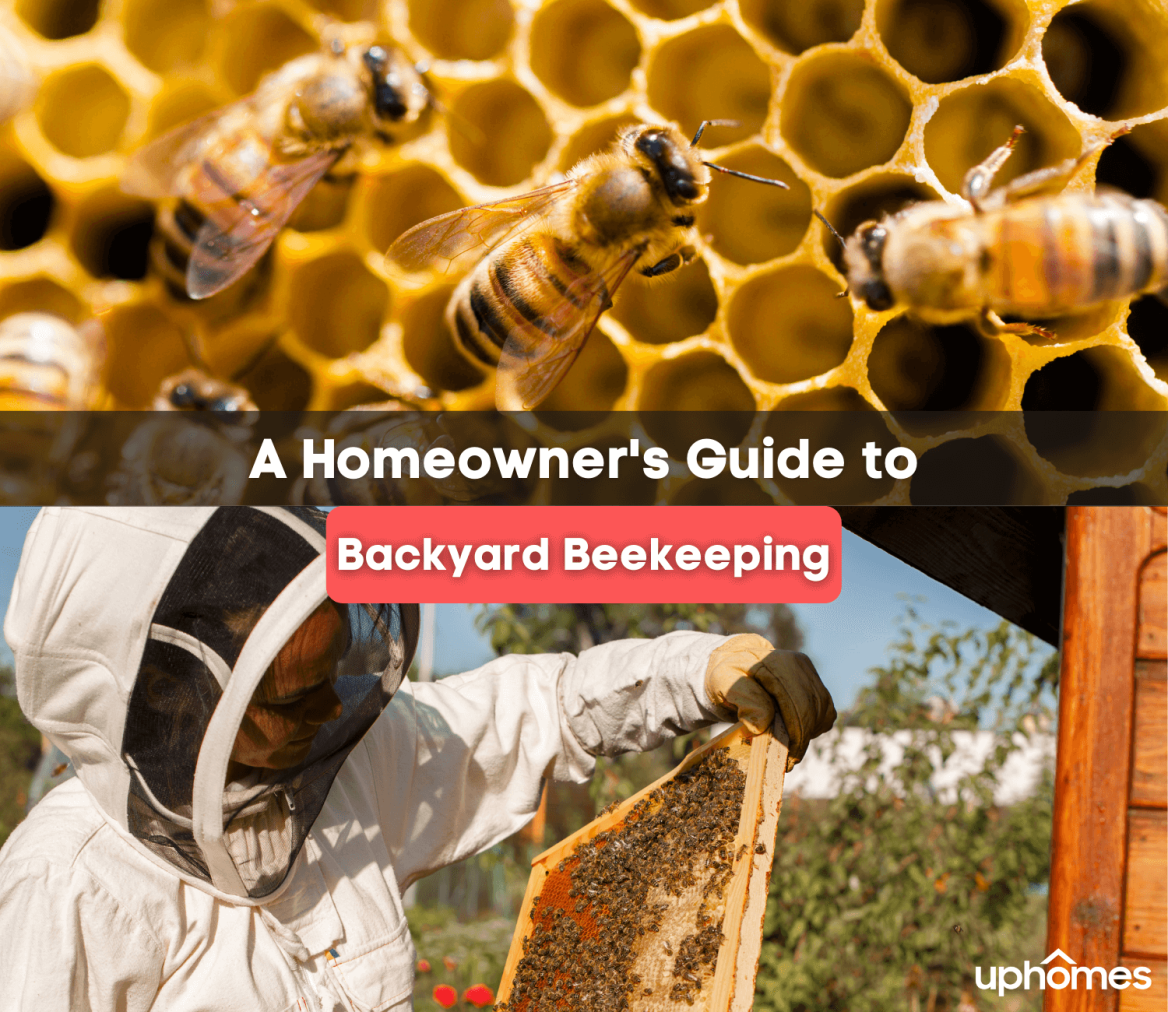
What is Backyard Beekeeping?
Backyard beekeeping is not only a way to live and eat more sustainably, but it is a unique hobby that works towards protecting healthy bee populations. Thanks to backyard beekeeping and the ‘Save the Bees’ movement, bees are pollinators that are able to positively impact agriculture by improving crop yields. While most people may assume that beekeeping is an easy hobby, building a successful bee colony and keeping it healthy is actually a huge responsibility that takes a lot of time and effort. In fact, it can take years for a beekeeper to maintain a hive that is healthy and protected.
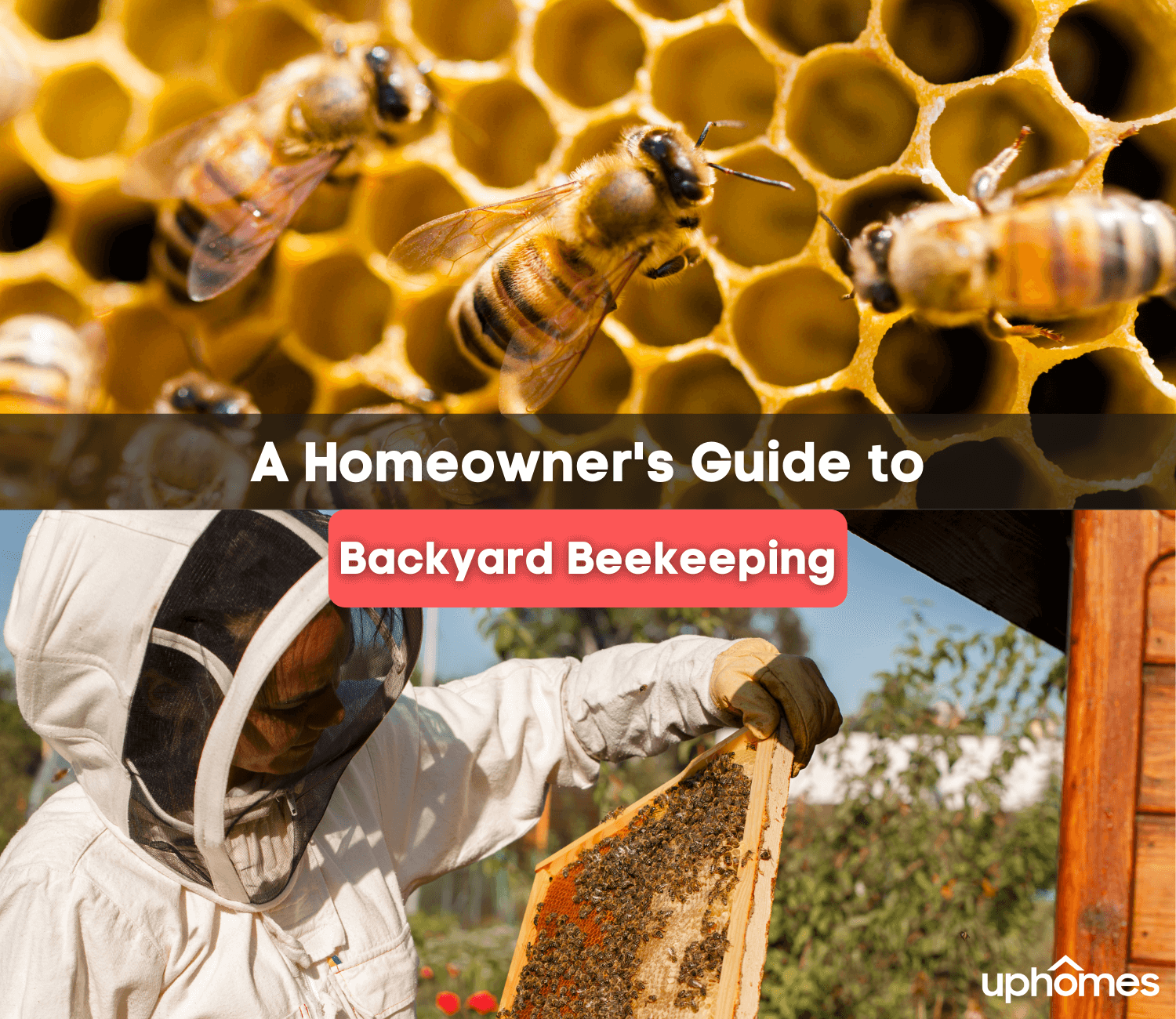
Why Keep Bees?
Due to an increasing number of collapsing bee colonies over the past few years, beekeeping has turned into more of a necessity rather than a hobby. Due to pesticide poisoning, rapidly spreading diseases, a constant change in climate, and an increase in monoculture, bees are disappearing. Luckily, the interest in beekeeping is growing as more and more individuals are beekeeping in their own backyards. Even though most bee colonies thrive in nature without the help of an outsider, beekeeping itself comes with many benefits for both you and the bees.
Fostering bee populations in your own backyard is a humbling, educational, and rewarding experience. Not only will you be helping the populations of these amazing creatures, but having access to by-products from the hive is another major benefit of keeping bees. One healthy hive of bees can produce anywhere from 50 to 250 pounds of honey each year which can be used as a natural sweetener or medicine. Bee wax from the hive can also be used for making candles, salves, moisturizers, and other body products.
Beekeeping is also a huge help to the environment. By promoting pollination, bees are able to pollinate crops, gardens, wild plants, and natural grasses. By maintaining nature’s balance and sustaining the environment through pollination, bees play a crucial role in life as we know it.
Bees happen to also be a major food source for predators including wasps, hornets, reptiles, amphibians, birds, spiders, bears, skunks, and raccoons. While you may want to learn how to pest-proof your home, keeping bees around is a smart move. For homeowners that are interested in other ways to make a positive impact on the environment outside of beekeeping, it might be a good idea to learn how to reduce your carbon footprint through an energy-efficient home.
Getting Started
If you are new to beekeeping then the first step is to educate yourself about the hobby in order to get started. Since there are many good books and websites available specifically about how to start beekeeping, you will be able to develop a base level of knowledge through research. The Complete Idiot’s Guide to Beekeeping for example is a great resource to start with since it explains all of the beekeeping basics such as the different hive types and beekeeping techniques. If you are looking for a more interactive and extensive approach to learning about beekeeping, there are multiple free introductory beekeeping courses online that you can enroll in. These courses include HD videos, tutorials, summaries, and optional assessments to test your knowledge.
Once you have the basics of beekeeping down whether it be through reading books or online courses, it is then important to learn about the local laws and restrictions in your area regarding beekeeping. Depending on where you live or where you are moving to, HOA bylaws can be restrictive for individuals moving into new homes. If you are moving to Charlotte for example, even though there may be no ordinance against backyard beekeeping in the city, make sure to check with your subdivisions HOA first before jumping right into the hobby. No matter if you are moving to new construction or an older neighborhood, some HOA’s prohibit bees if they count them as livestock.
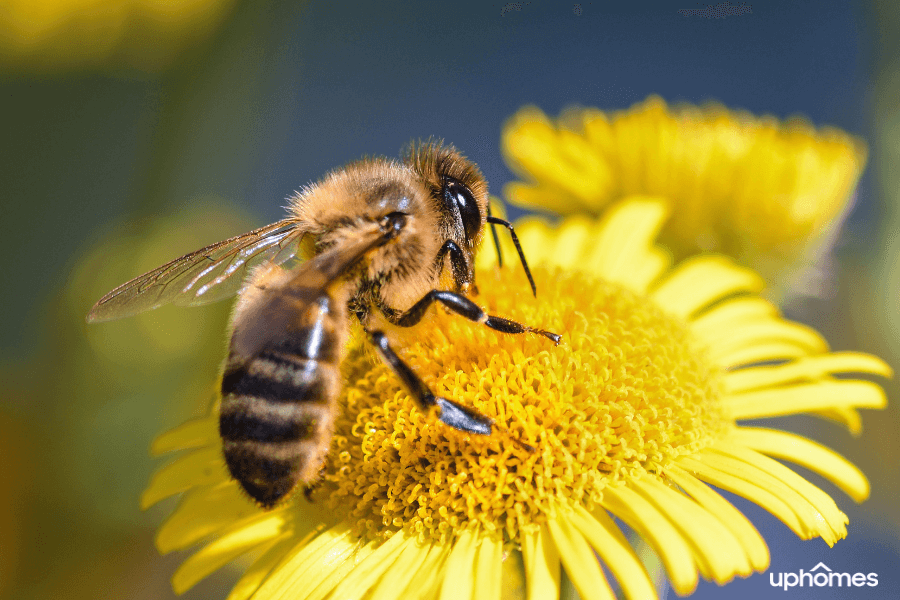
Special Considerations for Urban and Suburban Homeowner’s
After you have determined whether or not backyard beekeeping is allowed in your subdivision, then it is time to communicate with your neighbors about your beekeeping intentions. While most hobbies can be enjoyed alone by individuals or in a controlled environment, beekeeping is quite the opposite. Since you will have no control over where the bees fly or where they decide to visit during the day when they leave the hive, beekeeping can cause concerns with angry and unhappy neighbors.
One of the most common concerns for neighbors in regards to beekeeping is allergies to bee stings. If your neighbor is allergic to bee stings then it is understandable that they may feel concerned about the prospect of living near an entire bee colony. By carefully discussing any concerns with your neighbors, hopefully, an agreement can be made and any negative connotations about beekeeping can be overcome. By initiating dialogue, keep the discussion with your neighbors open and positive. Make sure to mention the benefit of having bees and listen to any problems they may have before coming to an agreement.
Another concern that neighbors may have is the occurrence of bee swarms. Swarming is the honey bee’s way of reproducing so there is no successful hive without bee swarms. While bees tend to swarm during the spring months, there are some ways to manage bee swarms and to control them before they become overwhelming.
Here are some swarm prevention tips:
-
Know your bee breeds beforehand
-
Make more space for colony expansion
-
Make regular springtime inspections
-
Re-queen the hive
-
Monitor the weather
Once your neighbors are on board with your beekeeping plans, there are some things to keep in mind in order to ensure that the hive will thrive in your backyard. Encourage your neighbors to grow pollinator-friendly flowers and discourage them from using pesticides.
Make sure that your bees needs are met in your own yard by:
-
Considering hive location
-
Finding a shady spot near a water source
-
Finding a spot that avoids windbreak
-
Building a privacy screen for the hive
-
Buying gentle bees
-
Investing in the proper beekeeping gear
-
Starting with only two nucs
-
Checking your beehive regularly
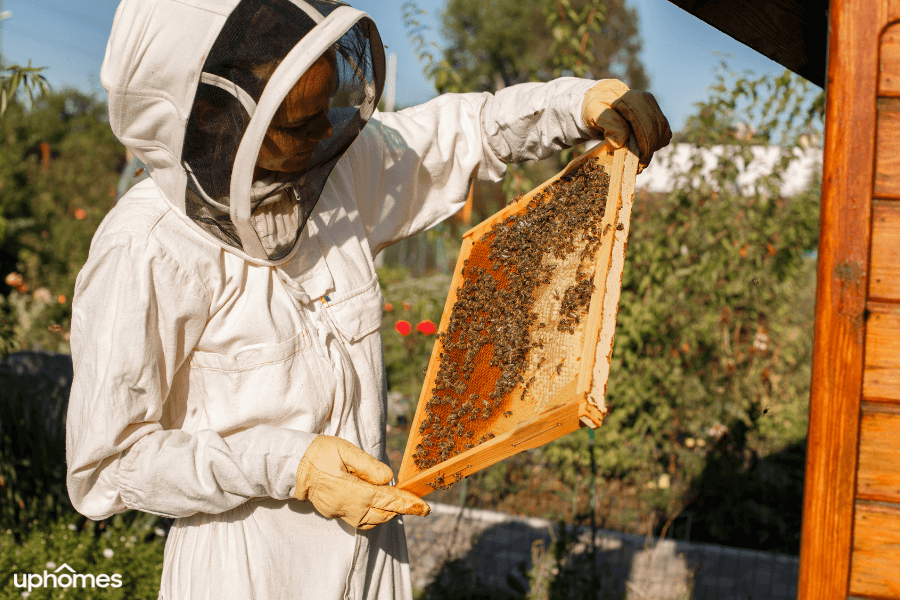
Tools and Equipment
The first thing that you will need to start backyard beekeeping is the hive. The most common hive that people start with is the Langstroth beehive since it is made of simple parts and is easy to assemble. While most beehives are purchased online, there is also the option to build your own hive.
The next step is to purchase safety gear. While most honeybees are not aggressive, wearing the correct safety and protective gear might make you feel more comfortable around the hive.
Consider purchasing this safety gear and equipment:
-
Full beekeeping suit
-
Protective eyewear
-
Gloves
-
Boots
-
Beekeeping jacket
-
Sun hat with veil
-
Beekeeping brush
-
Smoker
-
Hive stand
Connect with Local Beekeepers
Reaching out to local beekeepers in your area is a great way to find a support system and gain insight from others who share the same hobby. Whatever city you live in there are likely beekeepers or beekeeping hobbyists that will be a great connection for you. There may even be groups online. By creating connections with other beekeepers, you will be able to better navigate the beekeeping experience while learning new tips and tricks that are unique to your area. Talking to a fellow beekeeper can go a long way in creating a positive experience for you through suggestions that are shared. Whether you connect with local beekeepers online, find a local beekeeping mentor, join a beekeeping club, or visit a bee sanctuary, there are many ways to put yourself out there and connect with others who share the same interests.
Choosing a Hive
Most new beekeepers decide to purchase a hive that is comprised of easy to assemble parts. While there may be multiple hive types to choose from, there are three basic hive types that are perfect for beginners. Depending on how much money you are willing to spend and what your beekeeping goals are will determine what style is best for you.
The three best types of hives include:
-
Langstroth Hive: The most common style for new beginners that consists of boxes and removable frames that are built on top of each other. Includes a mixture of deep, medium, or shallow boxes.
-
Top Bar Hive: Known as the oldest hive design in the world. This hive is elevated and requires no foundation.
-
Warré Hive: A vertical top bar hive that is made up of identical-sized stacked boxes with no frames.
Ordering Your Bees
As a new beekeeper, you want to educate yourself on the different bee types and choose a bee that is gentle with a great temperament. Most bees can be purchased online and are either shipped or offered local pickup. Bees are normally bought in a package that includes one queen, worker bees, and some drones. A bee nucleus hive can also be purchased with several frames of honeycomb. If you want to completely avoid the process of introducing a new queen, consider purchasing an established colony hive.
Creating a Bee-Friendly Garden
If you are going to start beekeeping then you should seriously consider planting a bee-friendly garden in your backyard. With the help of these pollinators, both your bees and your vegetables will flourish. By choosing plants that attract bees such as wildflowers, flowering herbs, berries, fruits, and vegetables, your garden will grow large and beautiful. Make sure to group the same plants together, choose plants with long blooming cycles, avoid pesticides, and provide a freshwater source for your bees through a birdbath or shallow pool. By learning how to decorate your home with plants, your bee-friendly garden will be the talk of the neighborhood.
Expected Costs
The average minimum cost for beekeeping starts at around $725 for the first year. This average price includes the cost of the hive, the bee package, protective gear, tools, and any other supplies. Since many of these initial costs will last for years, beekeeping is an investment that can fit into many lifestyles. By planning a budget and mapping out any expected costs, it is possible to find relatively low-cost items to start off with.
Consider the following variables to estimate the total cost of your beekeeping journey:
-
What hive do you want to use?
-
How many colonies are you starting with?
-
How many bees are you purchasing?
-
What protective gear do you need?
-
Where will your hive be located?
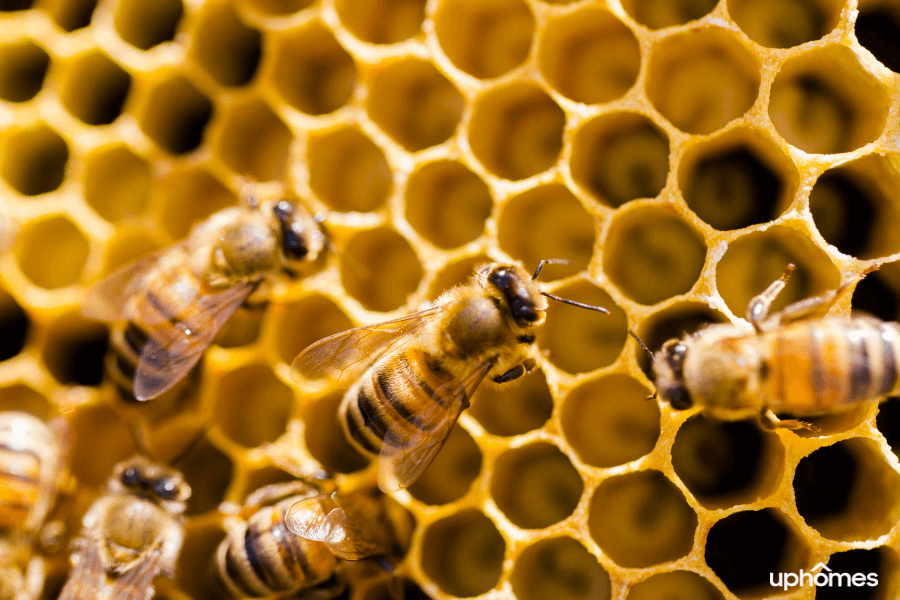
Starting a Hive: The Beekeeper’s Calendar
What you will learn very quickly is that beekeeping requires a lot of planning and preparation. In fact, it may take several months in advance of planning before even setting up your hive. While the beekeeping calendar year is not permanent, there are certain seasons and times of the year that work best for the different steps of the beekeeping cycle.
The beginning of December for example is the best time to pre-order your bee packages to ensure that they are delivered on time. Most bee suppliers accept pre-orders before March 15th. Once bee packages have been ordered, it is time to pre-order any beekeeping supplies so that your hive will be ready to go by the time you pick up your bee package in April or May. The month of May is also the best time to order any new hive parts and woodenware to ensure proper honey extraction in August. Honey extraction typically lasts from August to October before wintering the hive at the end of October into November.
Bees and Climate Considerations
Since bees can adapt to any climate, they can live in any area no matter how hot or cold it gets throughout the year. A typical hive is kept at around 95 degrees at all times. If it gets too hot, the bees that stay in the hive will flap their wings to circulate air to reduce the temperature. To help your bees during extreme heat in the summer months, provide fresh water at all times and use screened bottom boards for hive ventilation.
During the winter months, the bees will start to remain in the hive and cluster together to stay warm. This normally happens when temperatures are consistently between 25 and 35 degrees Fahrenheit. You can help the bees winterize the hive by moving the hive to a sunny spot, providing a windbreaker, reducing the size of the hive, checking on the hive consistently, and feeding the bees sugar water or fondant on cold days.
During the event of heavy rain, hurricanes, or tropical storms, there are certain precautions to take to ensure hive safety. While bees are known to stay calm and lay low during bad weather, there are ways to take precautions and help the hive stay safe from hazards. Consider moving the hive to higher ground to avoid flooding, tilting the hive to avoid water pooling, closing up screen bottom boards, closing the hive entrance, and securing the hive away from dangerous tree limbs and natural debris.
Hive Health
Keeping your hive protected from diseases, parasites, and pests is a large responsibility of beekeepers. By being able to identify pests, predators, and dangers to your honey bees, the longer the hive will thrive. The most common dangers to a hive include mites, beetles, the bee louse, spiders, cockroaches, ants, mice, skunks, and bears. Diseases such as American foulbrood and Bee Parasite Mite Syndrome can cause paralysis, deformed wings, and nosema in adult bees.
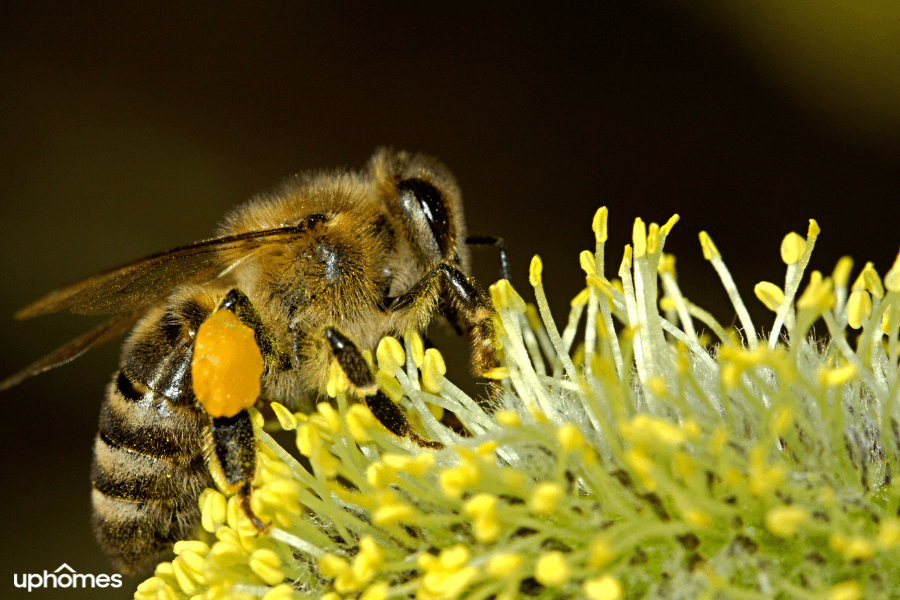
Harvesting Your Honey and Other Bee Products
Since most beekeepers decide to keep bees for honey production, learning how to harvest honey and bee by-products is a fantastic thing to know. Normally, new beekeepers will get to enjoy their bee’s honey during the second year in the summer months. Once a shallow frame in the hive is filled with 80% of sealed and capped honey, it is time for honey harvesting. Remember to allow your bees time to gather all of the honey that they can before it is harvested. While there are many techniques to remove honey, using a honey harvester is considered the easiest and fastest method.
Selling Your Honey and Other Products
Beekeeping is a profitable and lucrative business that can be more than just selling your own honey. Many beekeepers may also decide to sell pollen, propolis, wax, bee venom, pollinator services, or bee equipment. Once you have decided on a business name and created a label, you can market and promote your products at a local farmer’s market, craft show, or festival. When selling and distributing any food produced in the home, make sure that you are abiding by any local laws and regulations.
Other Resources
Whether you want to monitor hive health or track honey harvests, there are now award-winning apps on the market that can be downloaded straight to your phone. Not only have these apps revolutionized beekeeping, but it has made the experience easy and fun.
Check out some of these beekeeping apps:
-
Hivebloom: Track your hives and manage your hive health.
-
Beekeeper Lite: Record the details of your colony.
-
Queen Calander: Schedule withdrawal of queens.
-
Hivekeepers: Track your hive and protect your bees.
-
Hive Tracks: Track hive health and learn about your bees.
If you are wanting to turn your beekeeping into a business then refer to these resources:
For more ideas and information on processed hive products check out these resources:

Ryan Fitzgerald
Hi there! My name is Ryan Fitzgerald, and I am a REALTOR®. My goal is to help you learn more about real estate through our Real Estate Blog! Hopefully, you enjoyed the above blog post and it found a way to provide help or value to you. When you're ready to buy or sell a home of your own let us know here. Please feel free to join the conversation by dropping us a comment below.

